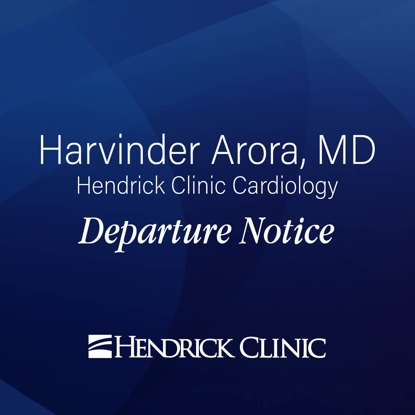Stroke patient credits quick actions, trained medical personnel and new procedure for recovery
- Category: News, Diagnostic Imaging & Radiology, Rehabilitation & Therapy
- Posted On:

Phillip Brown cherishes more than ever the ability to hold his grandchildren. After experiencing a stroke, he feared he would be so debilitated that hugging a loved one would be out of his grasp.
Brown credits his positive outcome to quick medical intervention at Hendrick Health that included a new procedure for a large vessel occlusion or LVO stroke. This type of stroke occurs when the major arteries of the brain are blocked and is often associated with increased risk of death and severe long-term disability compared to non-LVO ischemic strokes.
“The day that it happened, everything went into place, and that is just amazing how all that worked out,” said Brown.
The “it” was a stroke on August 17, 2023, while Brown was at work. The first sign of a problem was a severe headache. On most days Brown worked alone, but fortunately a coworker was in the room with him that day and noticed his distress. Brown experienced numbness on his left side and slumped into a chair. His speech was indistinguishable, and he couldn’t move his left arm and leg. The coworker recognized these symptoms as classic signs of a stroke and called 911 immediately for help. Brown was rushed by ambulance to Hendrick Medical Center in Abilene.
Brown's wife, Paula, hurried to meet him in the Emergency Department at Hendrick. She was able to see her husband briefly before he underwent a new procedure that was introduced the previous month at Hendrick. Physicians used Penumbra’s mechanical thrombectomy system to successfully remove the large clot from his brain.
“To get the clot out, we inserted a catheter into Mr. Brown's leg and moved it through the arteries into the neck and then into the brain where the clot was and took it out,” said Dr. James Rittimann, an interventional radiologist at Hendrick Health.
Brown remains awestruck about the entire procedure. And his wife is still amazed by the marked improvement he achieved in his mobility just hours after the procedure.
“When I walked into the room, the nurse was having him go through range-of-motion exercises, testing his strength,” said Paula Brown. “I was stunned that he was able to do the things he was able to do because the last time I saw him, he couldn’t move.”
Brown appreciated the compassion and individualized care he received during his recovery while hospitalized, including a specific therapist who encouraged him to stay strong. He asked a lot of questions of his nurses, therapists and other healthcare providers, and their answers helped put him at ease.
After discharge from the hospital, Brown continued to find helpful information and encouragement through the Surviving and Thriving After Stroke support group. Hendrick offers the free monthly community service for stroke survivors, caregivers and family members.
Today, Brown enjoys a daily routine that is similar to life before the stroke. He recently returned to Hendrick to visit many of the individuals who took care of him. He was able to express his gratitude in not only words, but in a few tears and a lot of hugs.



